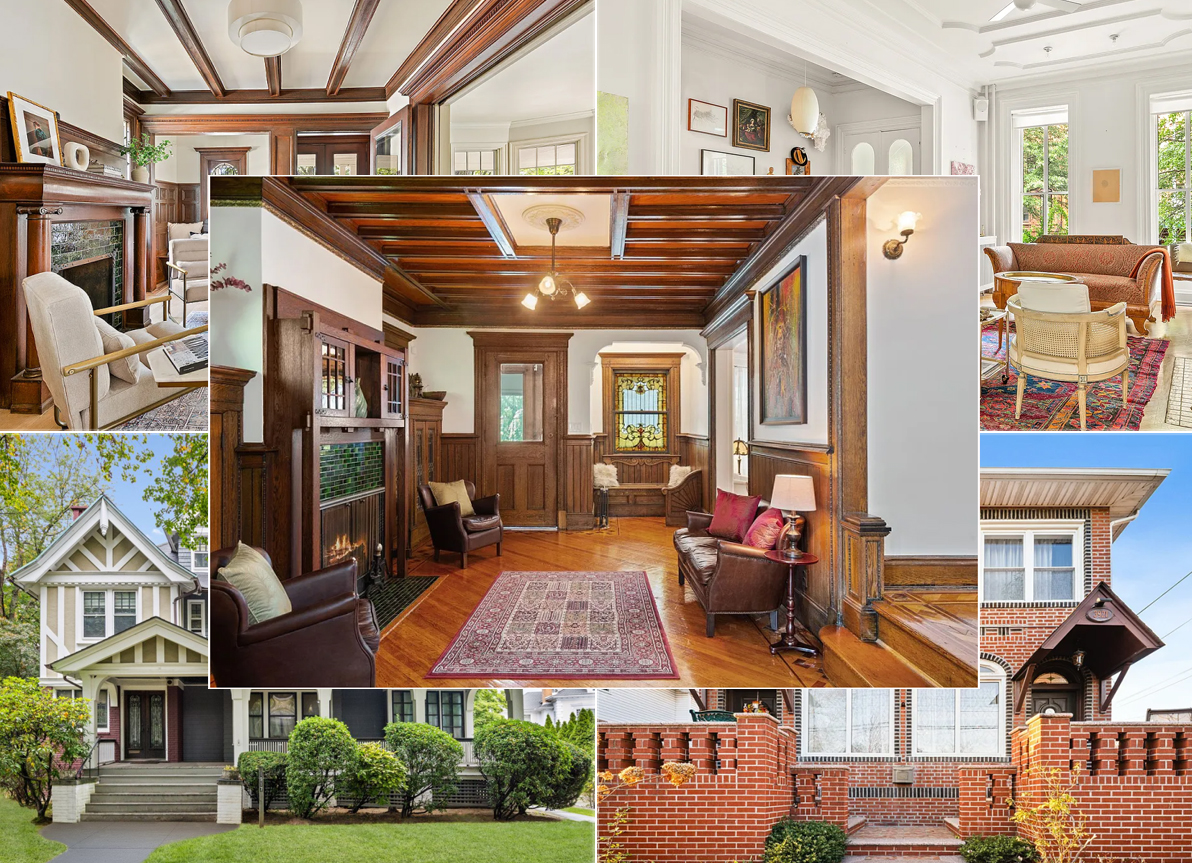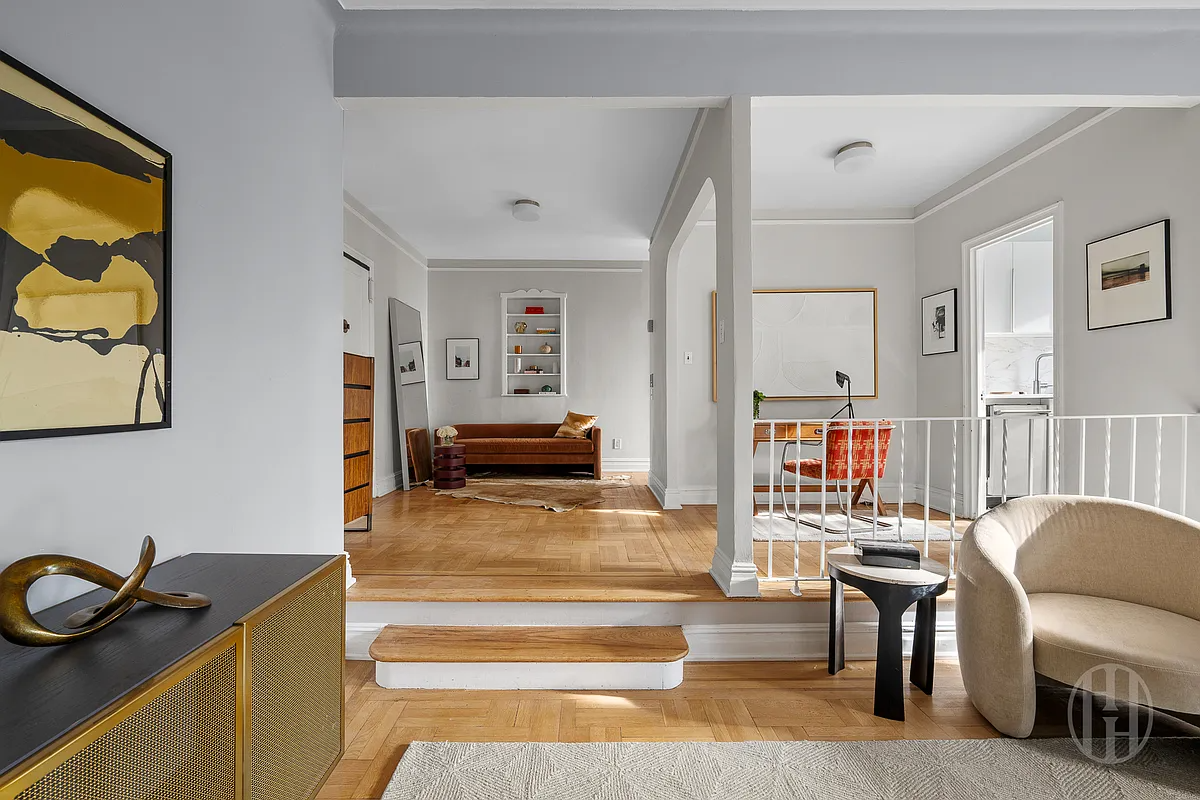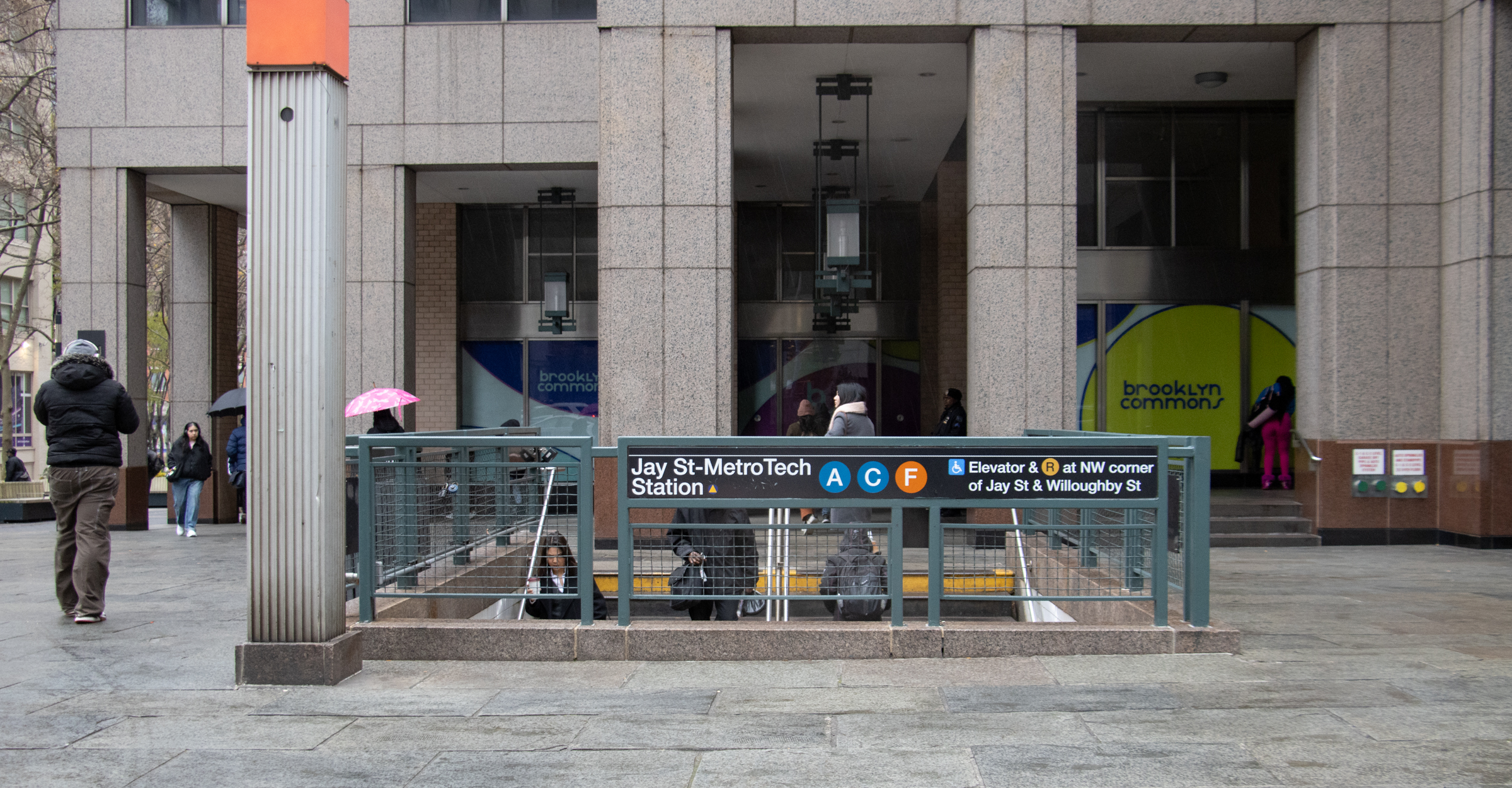Co-op of the Day: 135 Eastern Parkway, #10C
None of the apartments that have turned over in Turner Towers in the past three years have topped the million-dollar mark. (a couple have gone in the mid-$900’s). Then again, we doubt any of them have been 2,800 square feet either. This three-bedroom, 10th-floor apartment, which is asking $1,700,000, was also recently renovated, so while…


None of the apartments that have turned over in Turner Towers in the past three years have topped the million-dollar mark. (a couple have gone in the mid-$900’s). Then again, we doubt any of them have been 2,800 square feet either. This three-bedroom, 10th-floor apartment, which is asking $1,700,000, was also recently renovated, so while the price tag looks high on an absolute basis it doesn’t seem crazy when you consider that it’s about $600 a foot for a pre-war apartment in move-in condition with killer views. Anyone in the building care to weigh in? Update: A reader just wrote in to let us know that Apartment 15I sold for $1,047,000 back in 2005. Are there other million-dollar sales that aren’t showing up on PropertyShark as well?
135 Eastern Parkway [Stribling] GMAP P*Shark





Brownstoner:
The quibbles with the 135 Eastern Parkway posting (dimensions, out fittings, flip tax, etc.) can’t obscure the fact that this building, and others like it nearby, were considered the last word in 1950’s Crown Heights, when I lived in the neighborhood as a boy. (Yes, before the real estate boom rechristened this part of Brooklyn “Prospect Heights,†Crown Heights extended on Eastern Parkway all the way to Grand Army Plaza.)
Friends of my parents actually lived in this line at Turner Towers, which is what 135 is called. Not high up, but down below, facing the back wall of apartments on Lincoln Place (that’s what it’s called, isn’t it?). The view and light were nothing special, but the place felt BIG. For a kid living in a much smaller apartment, the number of rooms, the cedar closets, the maid’s room, and extra bathrooms gave the apartment a mansion-like air. And the elevators, carpeted hallways, and doormen gave it all a swank touch.
Eastern Parkway, together with St. Marks Avenue, was Crown Heights’ best apartment-house address. You could live in elegant old row houses elsewhere, but if you wanted what one of the posters above calls a “marquee†address, it had to be on either the avenue or the parkway.
Alfred Kazin, the great New York literary critic, in a memoir about the city, wrote that Eastern Parkway was where the “alrightniks†lived, in other words middle-class, assimilated Jewish Brooklynites, very different from the people he grew up with in Brownsville and East New York. Come to think of it, although I didn’t realize it at the time, all my pals along the parkway were Jewish, their fathers taking the IRT to the garment district, where they owned or managed factories.
Dead give-away of the parkway’s assimilating function were the names of its buildings: Nathan Hale, Martha Washington, Theodore Roosevelt, Woodrow Wilson, Copley Plaza, among them, each offering WASPy associations and a patina of American culture and history to first- and second generation “alrightniks.†(One kid’s big brother always wore his Princeton sweatshirt in and out of the Woodrow Wilson. Wilson, I’d learn later, was a president at Princeton. What must it have meant for his family to be doubly-associated with America’s “aristocracy�)
My favorites were the Copley Plaza and the Traymore, both corner buildings with restrained neo-Classical detailing. I didn’t know anybody in this pair, but from the street, they were handsome, restrained, and nicely proportioned, just what an apartment house should be. (I live in a building like them now, and for those reasons, I’ll never leave.)
One day, my father took me for a walk on the parkway to get to the Brooklyn Museum. “Why don’t we live here?†I asked him. “It takes at least 15,000 dollars a year,†he said. For a kid whose weekly allowance was in the pennies, this seemed a fabulous sum. But not entirely out of the family’s reach, apparently. As another baby came, my mother made the rounds of Eastern Parkway in search of a bigger apartment. None would do, however. Even in the 50’s, there was a kind of lonely, forbidding air to it. With buildings set far back from the street, and courtyard entrances like the one at Turner Towers, she was worried about the kids’ safety (at a time when New York had between 500 and 600 murders a year, a statistic that makes us so proud today!).
On a drive on the parkway a couple of weeks ago, it looked terrific. I’ve come to learn that a lot of the buildings below Franklin Street are legally walk-up tenements. But they sit on parkway beautifully, and as they’re restored, have real dignity. My only complaints are that the city now allows parking pads in front of a few commercial and institutional buildings (the old Kameo Theater at Nostrand Avenue, converted to a church, among them), and – blight of all blights! – there’s an enormous car wash next to the set of limestone-fronted row houses where one of my family’s doctors practiced and lived.
Frederick Law Olmsted must be spinning in his grave.
Nostalgic on Park Avenue
Polemicist – 49 Eastern Pkwy was completed in 1925, and 61 Eastern Pkwy in 1930. Your rather over-simplified analysis indicates that they too should be taller.
It may certainly sell for the asking price, but it is truly remarkable how prices are rapidly changing.
I mean, this building is in many ways a testament to how the city has changed. It is a huge, lone monolith surrounded by low-rise apartment buildings and townhouses. Had the Depression never occurred, all of Eastern Parkway would have been filled with similar buildings. There was such tremendous optimism from 1925 to 1930, and this building represents how Brooklyn has lost its vision for the future and instead is now dominated by an insular, conservative class that resists change no matter what the form.
It is unfortunate that in the modern era, we just don’t build new housing. All that happens is the wealthy buy more and more of what was constructed generations ago, and those at the top have no recourse but to move further and further away.
This building was constructed for the middle class, and basically remained such for the entire 20th century. Now, a 3-bedroom apartment – the kind a family really needs to be comfortable – is affordable only for the super rich.
How is this progress?
oops….my bad.
i guess i’m the imbecile now.
Imbeciles who can spell, 5:01.
Cue Nelson Muntz laugh: “Ha ha!”
Thank you, 4:48.
So true.
We could have an entire website dedicated to proving what imbiciles most of the posters here are.
Yet another “This will Never Sell for X” tirade that will fade into irrelevance when this thing goes in 6 weeks…
So Predictable.
What 4:17 said.
Yawn.